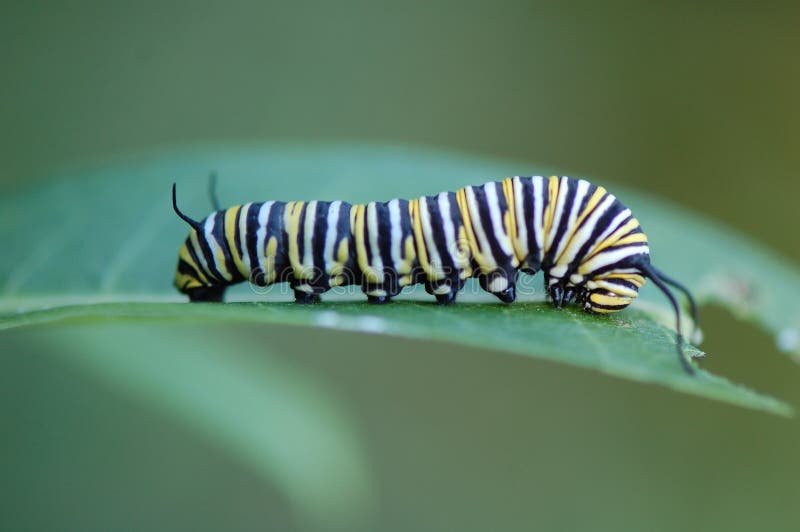

The caterpillars are eating non-stop, so they generate quite a lot of droppings (frass).You should also place a wet paper towel below the leaves to prevent them from drying out. Hence, when in a container, provide fresh milkweed leaves daily.The caterpillars will immediately begin to feed on the milkweed leaves and on its own eggshell.They will normally hatch into caterpillars in 3-4 days. (But these caterpillars are only available in September, due to high summer shipping temperatures.) David runs the Butterfly House at many State Fairs across the US, and has had many years of experience in the whole art and science of raising Monarchs. But if you do your best, and still cannot find any caterpillars, you can order them from David Bohlke of Monarchs Forever.

The hunt is exciting, and you will discover a whole community of insects living on the milkweed. The best place to get eggs and caterpillars is from the milkweed you grow, or in the wild.If you’re like most people, you’ll want to do this again and again, and tell your friends, classmates and family members what you have learned, and share your joy with them. When it is at least 3 or 4 hours old, you can wish it well, and set it free. In a few hours, your monarch will begin to flutter in the cage. He has had many years of experience in the whole art and science of raising Monarchs.) Their product is high quality and the price is very, very good.
#Monark caterpillar code#
You can order any of the ‘Pop-Up’ enclosures offered there, and qualify for a 10% discount, by using the coupon code Monarchs10 at checkout. (Also, we have found a very economical set of mesh enclosures, provided by Todd Stout at which are perfect homes for the caterpillars. You don’t need to move a caterpillar from its leaf. Keep all containers in natural light, way from direct sun.Ĭlean all containers daily, by removing the leaves with the eggs or caterpillars on them, then dumping the little poops, wiping the container with water, adding fresh milkweed, then returning the leaves. Young caterpillars are escape artists! Your little ones won’t need any more air, as you will be opening the container twice a day to check for mould, and wipe away any excess moisture. Then put in the leaves with eggs on them, egg side up, and click the top shut. Line your container with a paper towel, and sprinkle a few drops of water on it. You’ll need two plastic containers, one for eggs and the caterpillar’s first week of life, and a larger one, for its second week.Ĭheck your milkweed every day for eggs. When you find one, cut the leaf that it is on and bring it in the house. You are ready to raise monarchs in your own home. You are ready for a wonderful adventure, which will bring you and your family closer to nature, and experiencing a new kind of awe. Thanks to their assistance with this article.Ĭongratulations! The milkweed you planted is growing, or you know where to find some in the wild.

This fourth generation butterfly also has a specialty it migrates to the warmer regions of California or Mexico. The fourth generation eggs are laid in the month of September or October, but they live more than eight to nine months.

The fourth generation process is almost same except one point. It lays eggs for the third generation in July or August. Within this period, it will lay eggs for the second generation. The second generation flies roughly one month after the migrating monarchs arrive and reproduce which would be anytime from May through July. They live a short life that ranges from two to six weeks. The adult butterfly will emerge in the mid-morning time and fly away in search of food and a mate. In the next 10 days, continuous process of metamorphosis transforms the old body parts of the pupa into the beautiful parts of the future adult butterfly.
#Monark caterpillar full#
Within two weeks, it attains full growth and attaches to some place like a leaf or stem by discharging silk, and undergoes the process of metamorphosis to transform into a pupa or chrysalis. At this stage, the larvae eat the milkweed on which it lives. Within 4 days, the eggs hatch to form a caterpillar or larva, the second stage. The previous generation’s adult butterfly lays eggs on the milkweed, when the stage one of the first generation starts. The stages are egg, larvae, pupa and adult butterfly, and the four generation means four butterflies passing through these four stages within a year. The life cycle of the Monarch butterfly has four stages and four generations. Before growing these beautiful creatures in your garden, you must be aware of certain facts related to their growth.


 0 kommentar(er)
0 kommentar(er)
